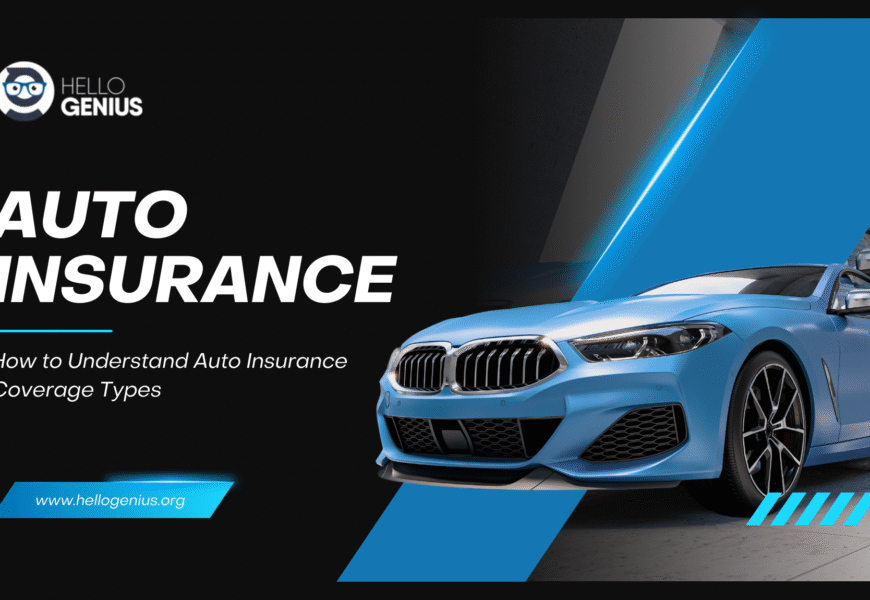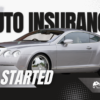Auto insurance can feel overwhelming when you first look at a policy. Each type of coverage comes with its own purpose, limits, and conditions. Breaking it down into clear categories makes it easier to understand what protection you’re actually paying for—and what gaps you may still have.
1. Liability Coverage
This is the foundation of most auto insurance policies and is required by law in many places. Liability coverage pays for damages and injuries you cause to other people in an accident. It has two parts:
- Bodily Injury Liability: Covers medical expenses, lost wages, and legal fees if you injure someone.
- Property Damage Liability: Pays for damage you cause to someone else’s car, home, or property.
Think of liability coverage as protection for others when you’re at fault.
2. Collision Coverage
Collision coverage protects your own car if it’s damaged in an accident—whether you hit another vehicle, a pole, or any object. It usually comes with a deductible (the amount you pay out of pocket before insurance kicks in). While optional, it’s often required if you’re financing or leasing your vehicle.
3. Comprehensive Coverage
Comprehensive coverage steps in for damage not caused by a collision. This includes:
- Theft
- Fire
- Vandalism
- Natural disasters
- Hitting an animal
It’s a way to safeguard against the unexpected, from a stolen car to a hailstorm.
4. Personal Injury Protection (PIP) or Medical Payments (MedPay)
- PIP: Covers medical bills, lost income, and even childcare if you or your passengers are injured, regardless of fault.
- MedPay: More limited, it pays only for medical expenses.
Some states require PIP; others leave it optional.
5. Uninsured and Underinsured Motorist Coverage
Not everyone on the road carries enough insurance. This coverage protects you if:
- The at-fault driver has no insurance (uninsured).
- The at-fault driver’s insurance isn’t enough to cover damages (underinsured).
It ensures you’re not left paying the price for someone else’s lack of coverage.
6. Gap Insurance
If you finance or lease your vehicle, gap insurance is worth considering. Cars depreciate quickly, and in the event of a total loss, your insurer may only pay the car’s current value—leaving you with a balance still owed. Gap insurance covers that difference.
7. Optional Add-Ons
Many insurers offer extras such as:
- Roadside assistance
- Rental car reimbursement
- Glass repair
These aren’t essential but can add convenience and peace of mind.
Final Thoughts
Understanding auto insurance coverage types helps you tailor a policy that balances protection and affordability. Liability may keep you legal, but collision, comprehensive, and uninsured motorist coverage can save you from major financial setbacks. The right mix depends on your car’s value, your budget, and your tolerance for risk.












